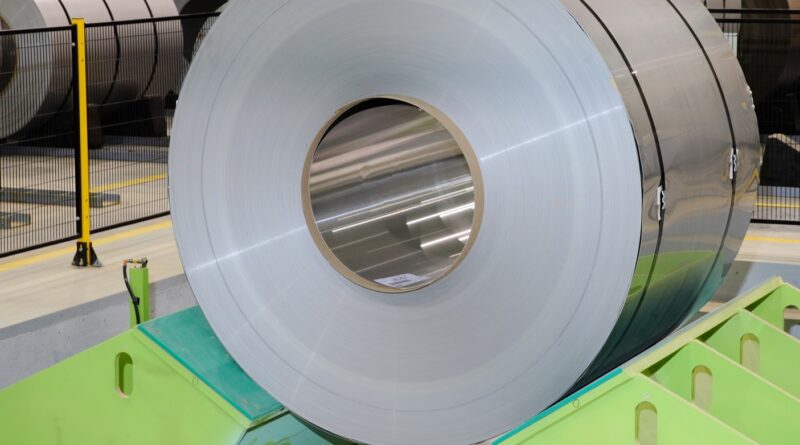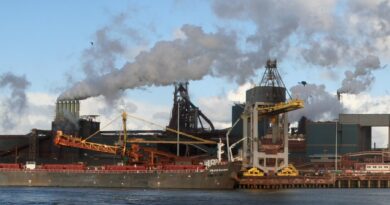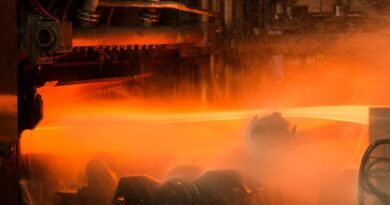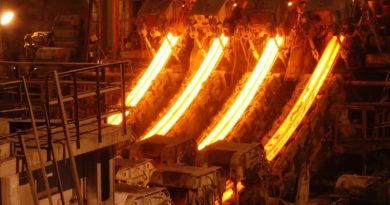Stainless and specialty steels recover after COVID knockout
World stainless crude steel production fell (-2.5%) in 2020, to around 50.9 million tonnes. Alongside the cyclical downturn of some steel using sectors in the advanced economies, the COVID-19 pandemic led to unprecedented market deterioration in almost all stainless producing countries. By contrast, following the sharp contraction during the first quarter of 2020, the Chinese economy made a relatively swift recovery.
This translated into a stainless crude steel production increase (+2.5%). At the same time, Indonesia also increased its stainless melting production, benefiting from the additional domestic export-oriented capacity increase.
European stainless steel demand has been significant impacted by the economic slump in the EU, with market supply of stainless steels finished products dropping (-13.9%) in comparison to 2019. However, for the first time in the past six years, import penetration eased, mainly driven by the drop of imports of stainless steel hot rolled sheets and strips following the introduction of anti-dumping duties against three exporting countries.
Stainless steel melting in the Union further declined (-7.1%) year-on-year, falling slightly to just over 6.3 million tonnes, more than 1 million less than two years earlier.
In the stainless steel flat product segment, EU apparent consumption decreased (-13.6%) in 2020 compared to 2019. Domestic deliveries by EU producers fell (-5.2%) and imports of flat products declined (-34.3%) with different patterns between the flat products families, in particular, imports of stainless steel cold rolled flat products declined (-16.3%).
With regard to stainless steel long products, market supply in the EU dropped (-15.4% year-on-year) as both domestic supplies and imports from third countries registered double digit decreases (-13.6% and -19% respectively).
EU market supply of alloy engineering steel long products decreased (-13.6%) in 2020 compared to 2019, both deliveries by EU mills deliveries and imports from third countries dropped at the same pace (-13.7% and -12.8% respectively). Exports by European producers to non-EU markets de- creased as well but to a lesser extent (-2.5%), sustained by a positive demand in wire rod products in third countries.
Alloy special steels (other than stainless) Total market supply of finished alloy special steel products on the Union market decreased for the second consecutive year in 2020 (-14.1% year-on-year). Demand was severely impacted by the outbreak of the COVID-19 pandemic and both EU producers and traditional exporting countries suffered showing similar regression on the EU market.
With regard to the tool and high-speed steels segment, there was decrease in total apparent consumption (-19%) in 2020. EU producers’ deliveries to the Union market dropped (-17.4%) year-on-year, whilst imports from third countries fell significantly (-23.5%). Whilst exports of high-speed steels products decreased (-8.2%), exports to third countries of alloy tool steels reduced slightly (-2.5%).




